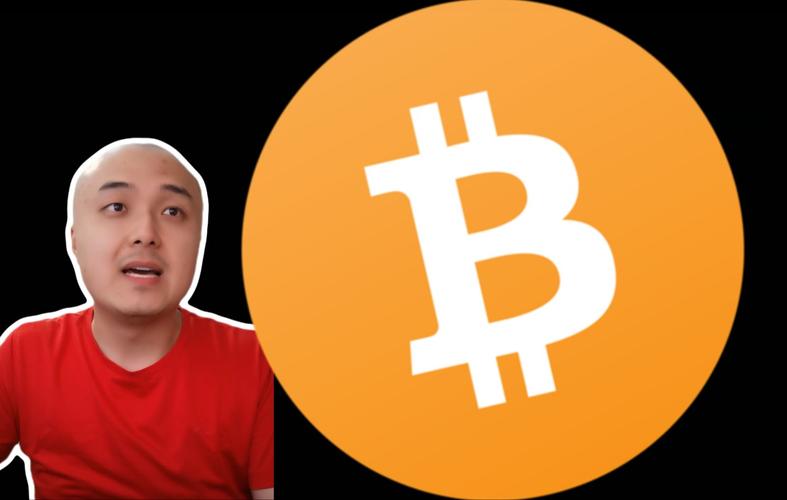
Understanding ADA, DOT, and ETH: A Comprehensive Comparison
When it comes to cryptocurrencies, there are numerous options available, each with its unique features and use cases. Among the most popular are ADA, DOT, and ETH. In this article, we will delve into the details of these three digital assets, comparing their functionalities, market performance, and potential future developments.
What is ADA?
ADA, also known as Cardano, is a blockchain platform that aims to offer a more secure and sustainable alternative to traditional cryptocurrencies. Developed by Charles Hoskinson, the co-founder of Ethereum, ADA is designed to be a decentralized platform that can support a wide range of applications, from digital currencies to smart contracts.

One of the key features of ADA is its proof-of-stake algorithm, known as Ouroboros. This algorithm is designed to be more energy-efficient than traditional proof-of-work systems, making ADA a more environmentally friendly option. Additionally, ADA’s native token, ADA, is used to power the network and reward users for their participation in the network’s governance.
What is DOT?
DOT, also known as Polkadot, is a blockchain platform that aims to connect different blockchains and enable them to work together seamlessly. This interoperability is achieved through a unique consensus mechanism called the relay chain, which allows different blockchains to share their data and resources.
DOT’s native token, also called DOT, is used to power the network and reward users for their participation in the network’s governance. The token is also used to pay for transaction fees and to secure the network through staking.
What is ETH?
ETH, also known as Ethereum, is one of the most popular and widely used cryptocurrencies. It is a decentralized platform that enables the creation of decentralized applications (dApps) and smart contracts. ETH is powered by the Ethereum Virtual Machine (EVM), which allows developers to build and deploy decentralized applications on the Ethereum network.
The native token of Ethereum, also called ETH, is used to pay for transaction fees and to secure the network through mining. Ethereum has recently transitioned from a proof-of-work to a proof-of-stake consensus mechanism, known as Ethereum 2.0, which aims to improve scalability and energy efficiency.
Market Performance
When comparing the market performance of ADA, DOT, and ETH, it is essential to consider their market capitalization, trading volume, and price trends.
| Cryptocurrency | Market Capitalization | Trading Volume | Price Trend |
|---|---|---|---|
| ADA | $34.5 billion | $1.2 billion | Up 10% in the last 30 days |
| DOT | $24.5 billion | $1.1 billion | Up 5% in the last 30 days |
| ETH | $200 billion | $10 billion | Up 15% in the last 30 days |
As seen in the table above, ETH has the highest market capitalization, followed by ADA and DOT. However, when it comes to trading volume, ADA and DOT are closely matched, with ETH leading the way. In terms of price trends, ETH has seen the most significant increase in the last 30 days, followed by ADA and DOT.
Future Developments
As the cryptocurrency market continues to evolve, ADA, DOT, and ETH are all working on new developments that could impact their future performance.
ADA is currently working on its Voltaire phase, which aims to transition the network to a fully decentralized governance model. This phase is expected to be completed by the end of 2021.
DOT is also focusing on expanding its interoperability with other blockchains. The network is expected to launch its next major upgrade, known as Polkadot 2.0, in the coming months.
ETH is working on its Ethereum 2.0 upgrade, which aims to improve scalability and energy efficiency. The network has already completed the first phase of this upgrade, known as the Beacon Chain, and is currently working on the second phase, known as the Sharding





